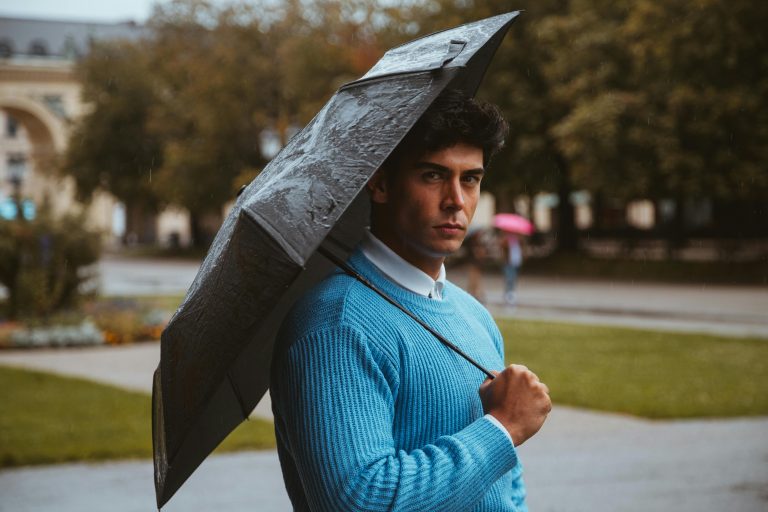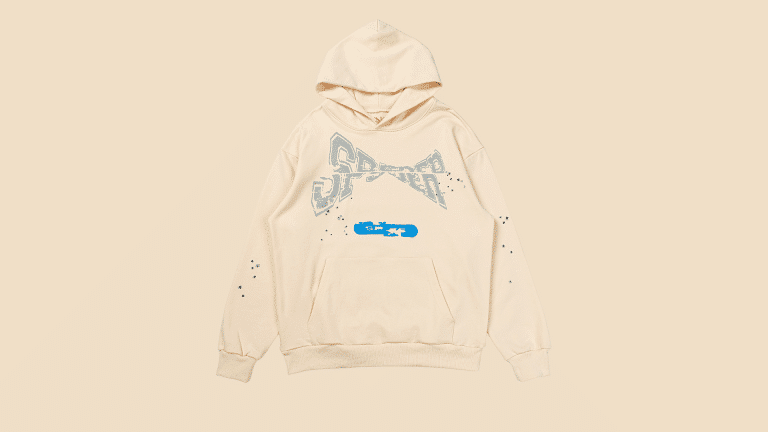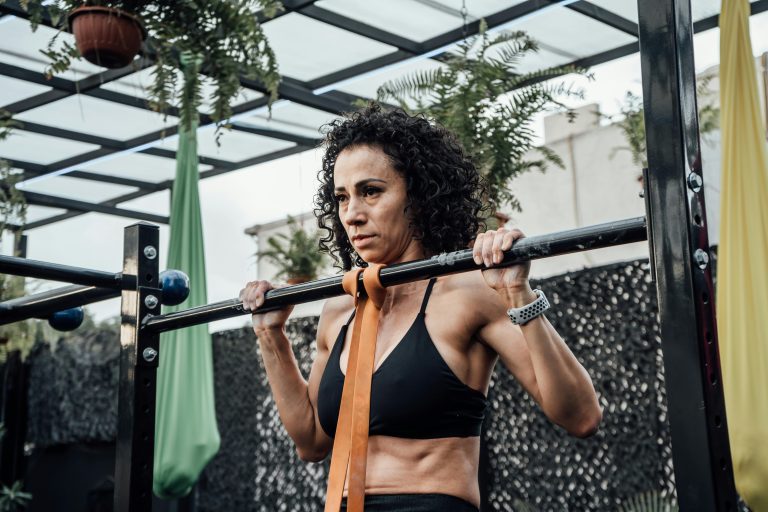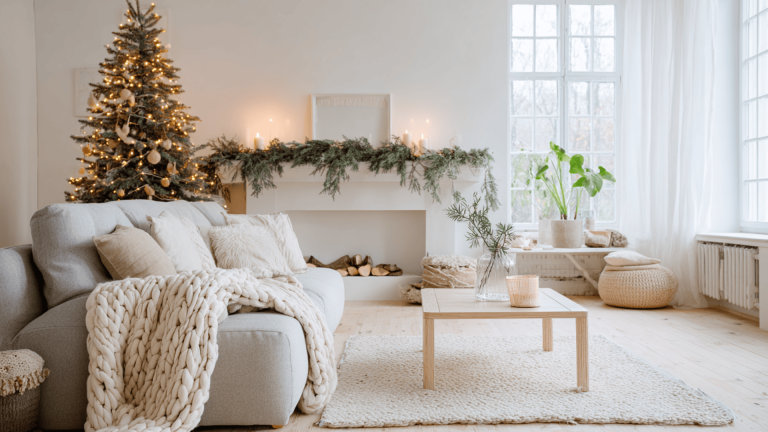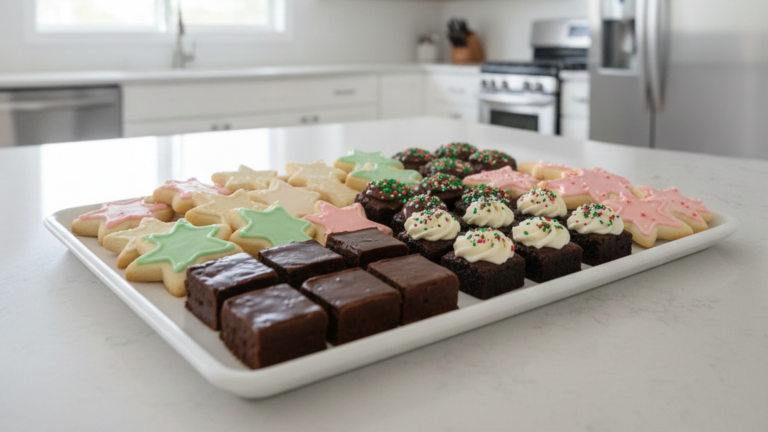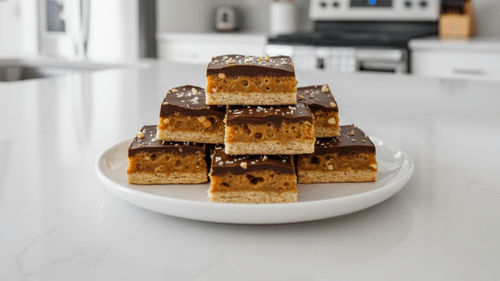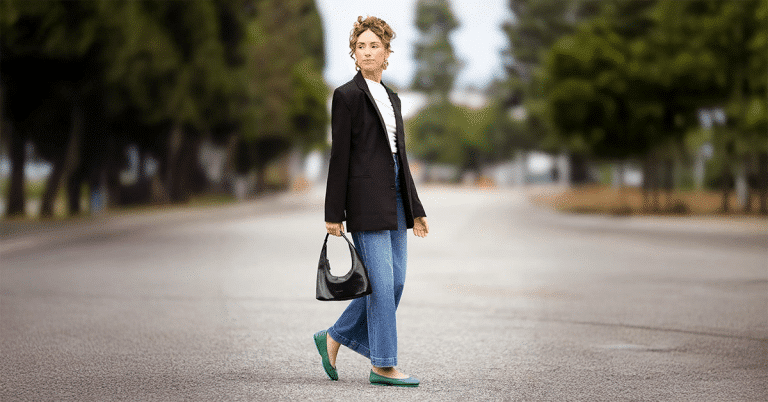The drop in temperature always sneaks up, doesn’t it? One week you’re living in linen shorts and pretending iced coffee counts as hydration, and the next you’re looking at your closet wondering when everything became so thin. Transitional dressing is the unsung test of style.
The trick isn’t in rushing to flannels and heavy coats, it’s about layering smarter, swapping fabrics, and keeping your look grounded but versatile. The weather’s cooler, not Antarctic, and there’s no need to leap straight into winter mode.
Finding Balance Between Warmth And Lightness
Cooler weather dressing isn’t about piling on more—it’s about rethinking texture. Instead of grabbing your thickest jacket, try blending medium-weight pieces that can move between climates. A cotton chore coat layered over a long-sleeve tee is perfect for crisp mornings that turn into mild afternoons. Corduroy shirts, waxed cotton overshirts, and lightweight bomber jackets are having a moment because they feel like a natural bridge between seasons. They also happen to pair well with most staples men already own.
The goal is to avoid looking like you got caught in a no man’s land. Stick to breathable layers and subtle transitions in tone, think navy shifting to charcoal, tan to olive, or white to cream. Those tweaks add dimension and feel intentional. It’s the clothing version of turning down the brightness on your phone screen at night, you’re not changing much, but everything feels calmer.
Rethinking Summer Staples For Fall
Before you shove everything summery into storage, consider how a few pieces can stretch their lifespan. Linen shirts and chinos don’t need to vanish, they just need a little backup. A denim jacket or soft crewneck can carry them through the in-between weather. Even your favorite men’s camo cargo shorts can hang on longer than you’d think when layered with a sweatshirt or paired with leather sneakers instead of sandals. The blend of function and casual cool makes them unexpectedly autumn-ready.
Color plays a quiet role here too. Instead of the bright hues of July, lean toward washed versions: dusty blues, rusty reds, and muted greens. These tones add warmth without screaming for attention. Transitional style isn’t about reinventing yourself; it’s about editing smartly. If your summer favorites can find new life, your wardrobe feels more cohesive and less reactionary.
The Rise Of Relaxed Tailoring
Structured suits had their moment, but this time of year leans toward soft tailoring. Picture a relaxed wool blazer over a knit polo or a turtleneck. There’s polish in the form but comfort in the feel, which makes it a go-to move for men heading from coffee meetings to dinner without a full outfit change. The trend has less to do with looking formal and more to do with looking finished.
A blazer with stretch or a casual sport coat can replace a heavy outer layer during early fall. Pair it with jeans or chinos, and you’ve hit the sweet spot between “trying” and “effortlessly put together.” Even sneakers—minimalist ones—look sharp when anchored by something tailored on top. Fall style doesn’t have to be stiff; it’s just about giving structure where it counts.
The Subtle Power Of Accessories
Cooler weather calls for subtle statements. Scarves, watches, and especially earrings for men are turning up in ways that feel personal rather than performative. A thin gold hoop or small silver stud can quietly modernize a look that might otherwise feel too classic. It’s the kind of detail that makes people look twice without knowing exactly why.
Leather goods take on more character as the season shifts too. A broken-in belt or a patina-rich bag tells a story that shiny summer pieces can’t. Texture matters in fall—felt hats, suede boots, ribbed beanies—all small cues that align with the atmosphere without screaming “I’m dressing for fall.” Accessories give an outfit longevity and personality, the finishing touch between thrown-together and thoughtfully styled.
Layering With Intention
Layering is less about quantity and more about proportion. A mistake many make in transitional weather is stacking too many pieces of the same weight, which ends up looking bulky. The solution? Mix textures and densities. Start with something breathable like cotton or merino wool near the skin, then add structure outward—like a quilted vest or a field jacket. That layering order keeps you warm without making you feel trapped inside your clothes.
It’s also the time to experiment with unexpected combinations. A hoodie under a blazer, a turtleneck beneath a denim jacket, or even a flannel open over a henley. Those blends signal confidence without overthinking it. When done right, layering gives movement and depth—like turning your outfit into something that evolves as the day cools off. Transitional dressing works best when it looks unforced, like you’ve just always known how to do it.
Grounding It All With The Right Footwear
Your shoes are what make or break the seasonal handoff. Summer’s lightweight sneakers can start to feel out of place, but it’s not quite time for snow boots either. Desert boots, loafers, and low-profile leather sneakers strike the right note. They look smart, handle unpredictable weather, and pair with almost anything from jeans to chinos.
Texture and tone go a long way here too. A suede chukka in taupe feels perfectly autumnal without shouting about it. The same goes for retro runners with neutral palettes or lug-sole loafers that give extra grip when sidewalks get slick. The small shift in footwear alone can make your entire outfit feel seasonally updated without replacing everything else.
Stepping Into The Season
Cooler air has a way of making everything feel a little more intentional. Transitional dressing isn’t about rules, it’s about awareness. When you tune into how fabric, color, and texture shift with the weather, you start dressing for the world you’re walking into instead of the one you just left. It’s confidence expressed quietly. The clothes don’t do the talking; they just keep up with the conversation.

